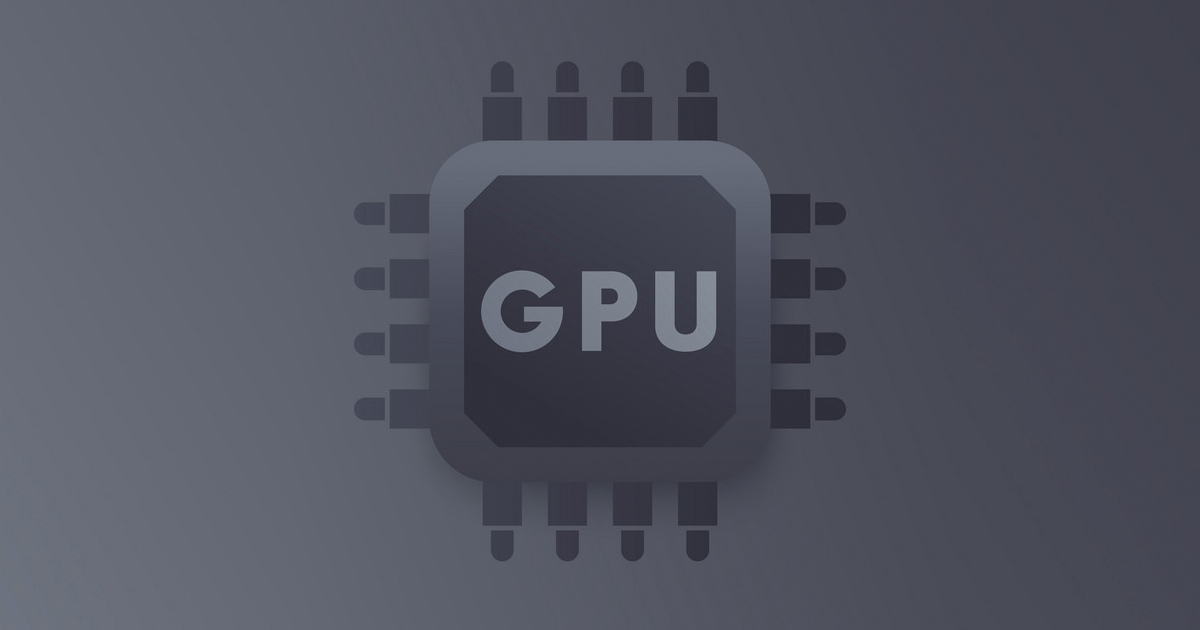Graphics processing units (GPUs) have come a long way since their inception in the 1990s. Initially developed for gaming and graphics-intensive applications, they have now become an indispensable part of modern computing systems. The latest developments in GPU technology have improved their performance significantly and opened up new possibilities for computing applications.
The role of GPUs in modern computing
GPUs are specialized processors designed to handle the complex mathematical computations required for rendering graphics and images. Unlike central processing units (CPUs), which are general-purpose processors, GPUs are highly optimized for parallel processing and are capable of executing thousands of calculations simultaneously. This makes them ideal for applications that require massive amounts of data to be processed quickly, such as gaming, video editing, and scientific simulations.
Over the years, GPUs have evolved significantly, becoming more powerful and efficient. Today’s GPUs are highly specialized, with dedicated hardware designed to accelerate specific types of computations, such as ray tracing and deep learning. This has made them essential for many cutting-edge applications in fields such as artificial intelligence (AI) and machine learning.
Recent advances in GPU technology
The latest developments in GPU technology have focused on improving performance and efficiency while reducing power consumption. One of the most significant recent innovations has been the shift towards smaller manufacturing processes. This has enabled the creation of GPUs with more transistors, which in turn has led to increased processing power.
Another important development has been the introduction of specialized hardware for specific tasks. For example, the latest GPUs include dedicated hardware for ray tracing, a technique used to simulate realistic lighting in 3D graphics. This has enabled developers to create highly realistic graphics and animations for games and other applications.
In addition to specialized hardware, software optimizations have also played a significant role in improving GPU performance. For example, the latest versions of NVIDIA’s CUDA software have improved the efficiency of GPU computing by optimizing memory usage and reducing latency.
Impact on modern computing
The impact of recent GPU developments on modern computing has been significant. One of the most notable areas where GPUs have made a difference is in scientific simulations. GPUs are now used extensively in fields such as astrophysics, climate modeling, and drug discovery, where they can process massive amounts of data quickly and accurately.
Another area where GPUs have made a significant impact is in gaming. The latest GPUs are capable of rendering highly realistic graphics and supporting high frame rates, enabling gamers to enjoy immersive experiences with lifelike visuals and responsive controls.
GPUs have also become essential in video editing and post-production. By accelerating tasks such as rendering and transcoding, GPUs have significantly reduced the time required to produce high-quality video content. This has enabled video professionals to work more efficiently and deliver projects faster.
The impact of GPUs extends beyond these traditional applications as well. With the rise of AI and machine learning, GPUs have become essential for training and running neural networks. GPUs are highly efficient at performing the massive number of calculations required for these tasks, making them an ideal choice for deep learning applications.
Real-world examples of GPU technology
There are numerous real-world examples of how GPUs are being used in different industries and applications. In healthcare, for example, GPUs are being used to accelerate medical imaging, allowing doctors to diagnose and treat patients more quickly and accurately.
In finance, GPUs are being used for risk analysis and fraud detection. GPUs are highly efficient at performing complex financial calculations, enabling traders and analysts to make better decisions more quickly.
In transportation, GPUs are being used to develop autonomous vehicles. GPUs are essential for processing the massive amounts of data generated by sensors and cameras, enabling vehicles to “see” and interpret their surroundings accurately.
Challenges and limitations
Despite their many benefits, GPUs do have some limitations and challenges. One of the main challenges is power consumption. GPUs require a significant amount of power to operate, which can be a concern in data centers and other large-scale computing environments where energy efficiency is a major consideration.
Another challenge is compatibility. While GPUs have become more versatile over the years, they still require specialized software and hardware to function properly. This can limit their usefulness in certain applications and environments.
Finally, the cost of GPUs can also be a limitation. High-end GPUs can be quite expensive, making them inaccessible for smaller businesses and individuals. However, as GPU technology continues to advance, it is likely that prices will become more affordable, making them accessible to a wider audience.
Conclusion
In conclusion, the latest developments in GPU technology have significantly improved their performance and opened up new possibilities for computing applications. From gaming to scientific simulations to AI and machine learning, GPUs have become an essential part of modern computing. While there are still challenges and limitations to overcome, it is clear that GPUs will continue to play an important role in shaping the future of computing. As GPU technology continues to advance, it is exciting to think about the possibilities that lie ahead.
